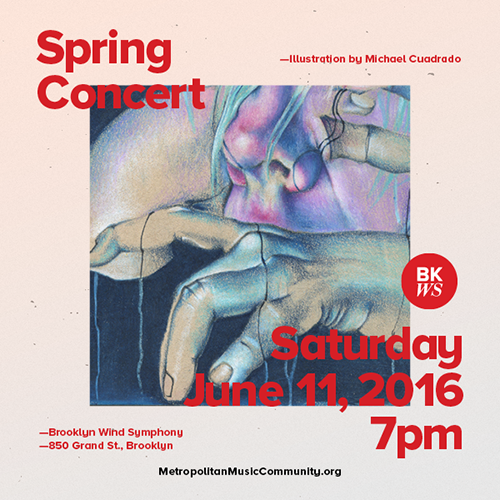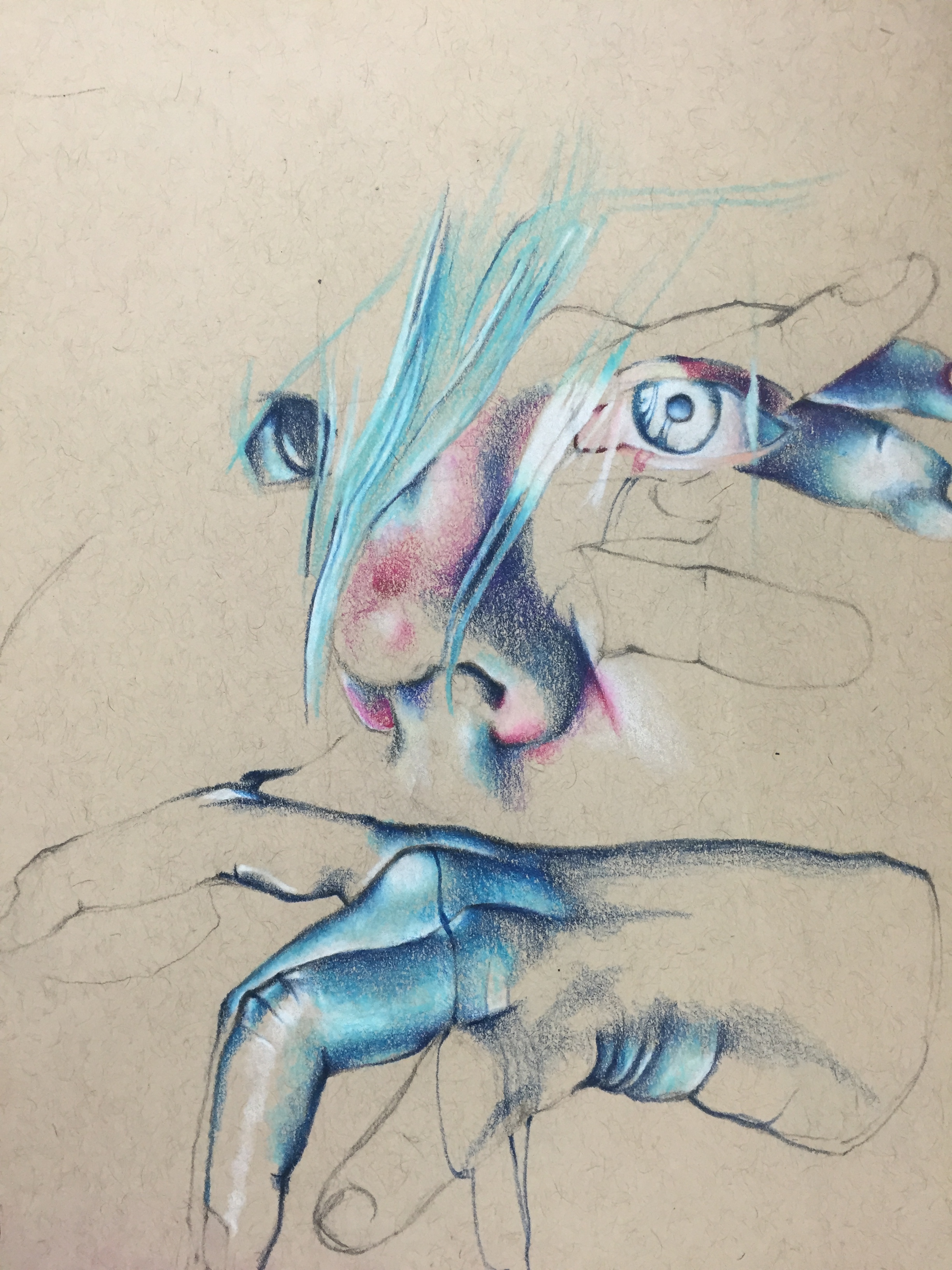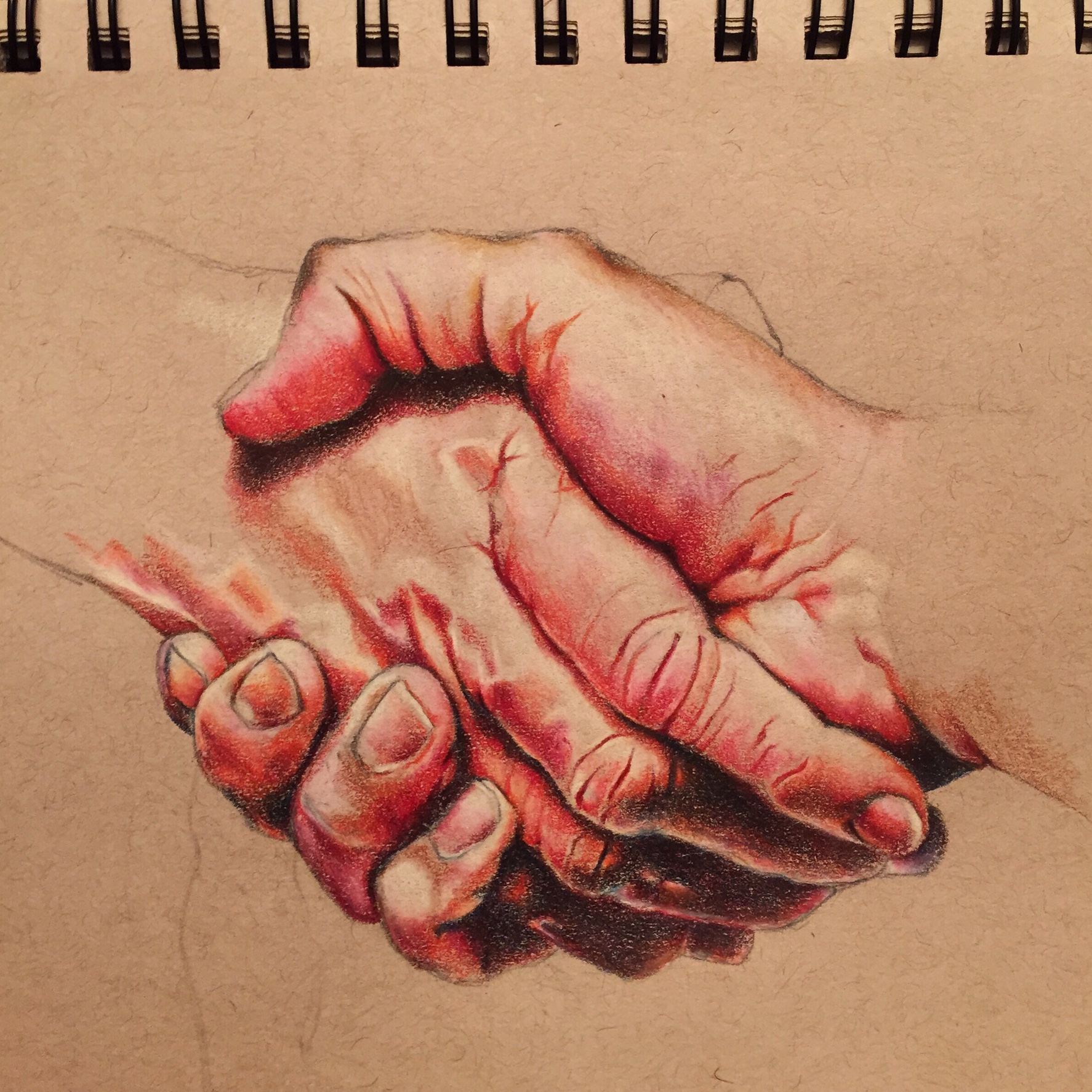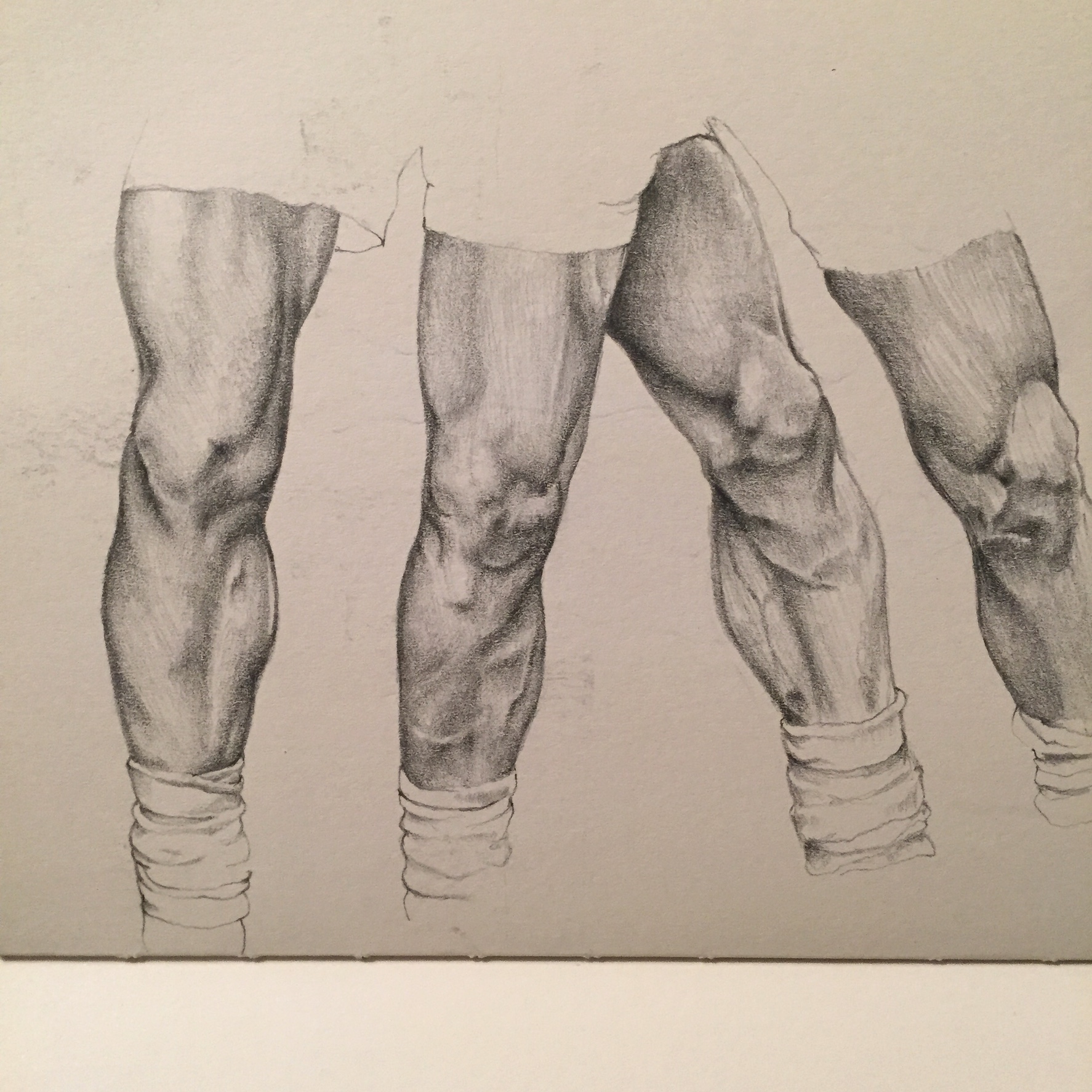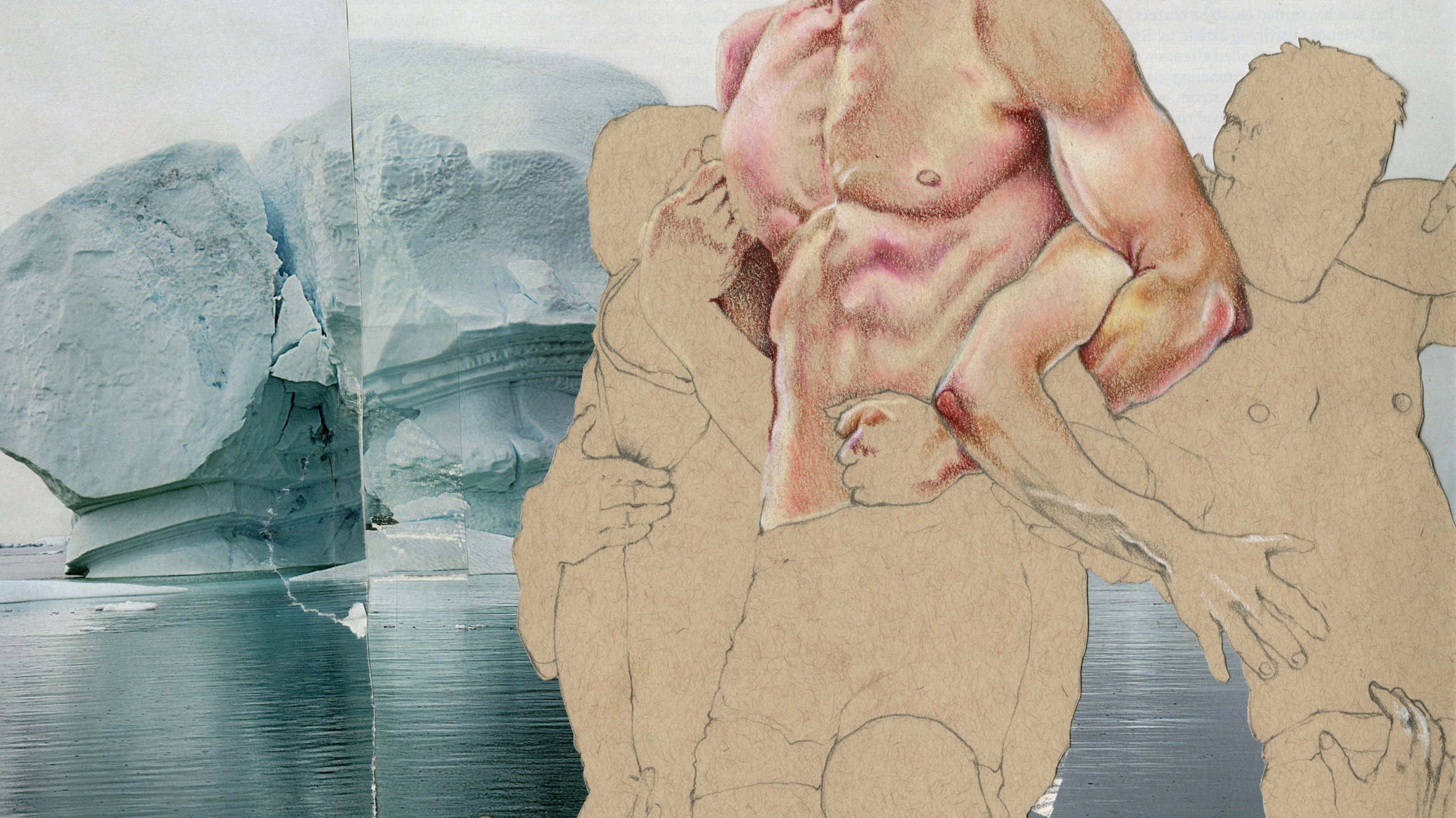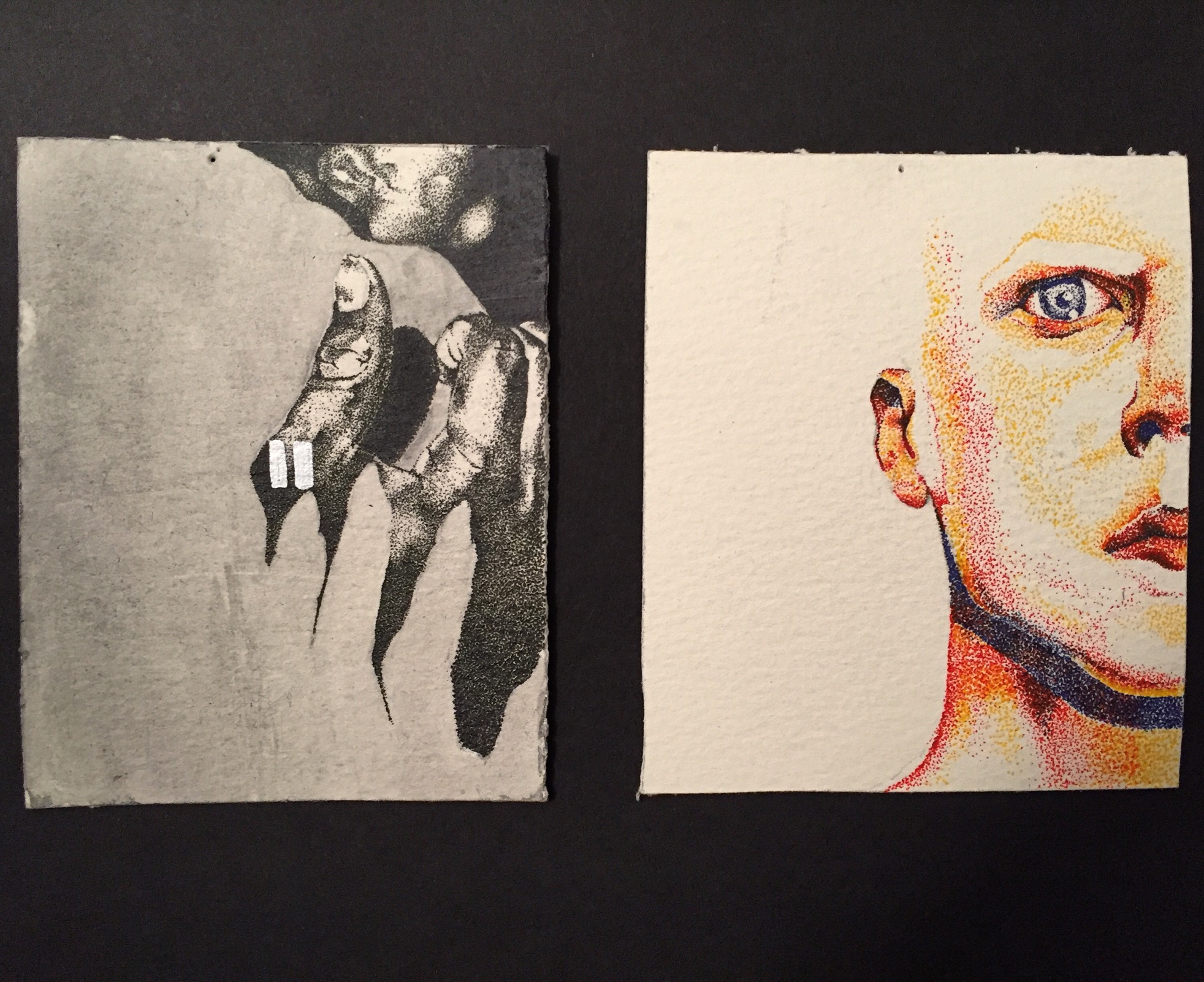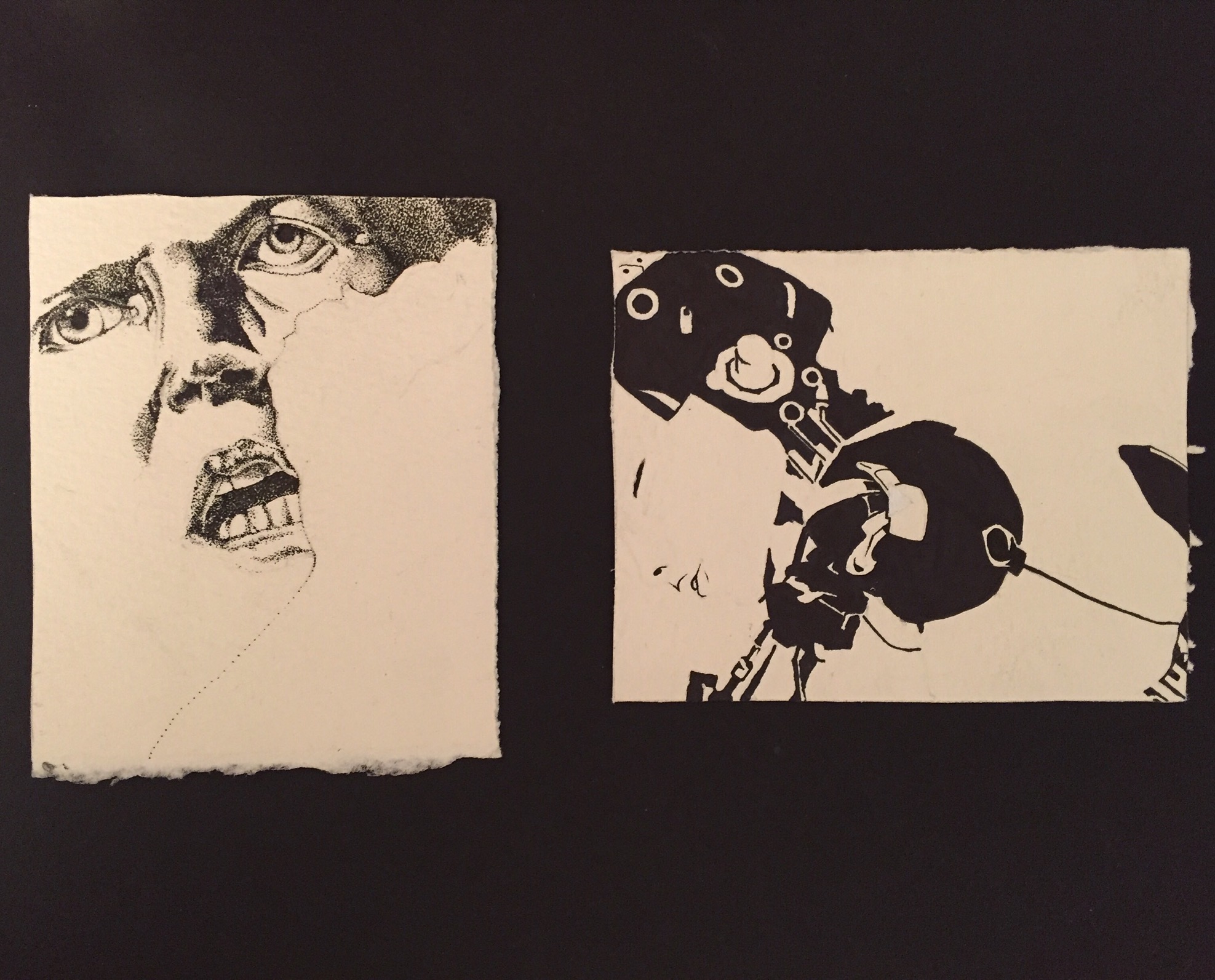We're wrapping up another incredible year with the Metropolitan Music Community! Brooklyn Wind Symphony will be closing out the 2015-16 season Saturday, June 11 at 7 PM with their Spring Concert, a joint-program with the New York City All-City High School Concert Band. BKWS will be performing Aurora Awakes by John Mackey and Colonial Song by Percy Grainger, among other works.
Our final Artist Series is Grand Street Community Band clarinetist Michael Cuadrado. Michael is a Drawing major at the Pratt Institute in Brooklyn, and has been playing with the Grand Street Community Band for the last three seasons. Michael is an incredibly talented artist, and was given the artist's blessing/curse of having free-reign over the direction of the program art, after being told this concert had "no theme." Read about how Michael's piece took shape, and see the piece in progress along with much more of Michael's work in the slide show below!
Finding a Feeling...
"When I was first approached to do a commission, I was told that this was the only cycle that didn't have a theme. That worried me a little, but I knew I could put something together. So this may have been just how I felt, but the pieces from this cycle posses a feeling of [being] otherworldly. They have these elements of being about about greater things, and that's what really drew me in. So I guess you could say I gave the cycle a theme [and] found it easier to make a piece that way."
Getting Started...
"The first thing I did was listen to all of the pieces but decided that it would be a little difficult for me to take something from all of them. I really had to listen to all the pieces over and over again, so I could get a sense of what the atmosphere was throughout every piece and try to make something cohesive. So I narrowed it down to specific ones--the ones that I instantly felt some kind of connection or reaction to. Aurora Awakes was the main one that has what I described earlier--that feeling of otherworldly. So I went with that because it felt right."
Letting Ideas Take Shape...
"I didn't draw or sketch anything before hand, but I had a pretty good idea of what kind of color palette I wanted, and I knew I wanted it to be figural. So I just kind of made sketches in my head; it was all ideas at first. I also knew that it would take me some time to finish it and that things could change along the way, and if that was the case then I would just go with it. A lot of things went through my mind as well before I made the piece--what the color palate would be if I did decide to use color; if I was going to draw a person, what gender would they be; what material would be best for it, etc. Those aren't just the decisions I made for this poster--those are the decisions I have to make whenever I make an art piece."
Revisit all of the Artist Series from this year right here.


